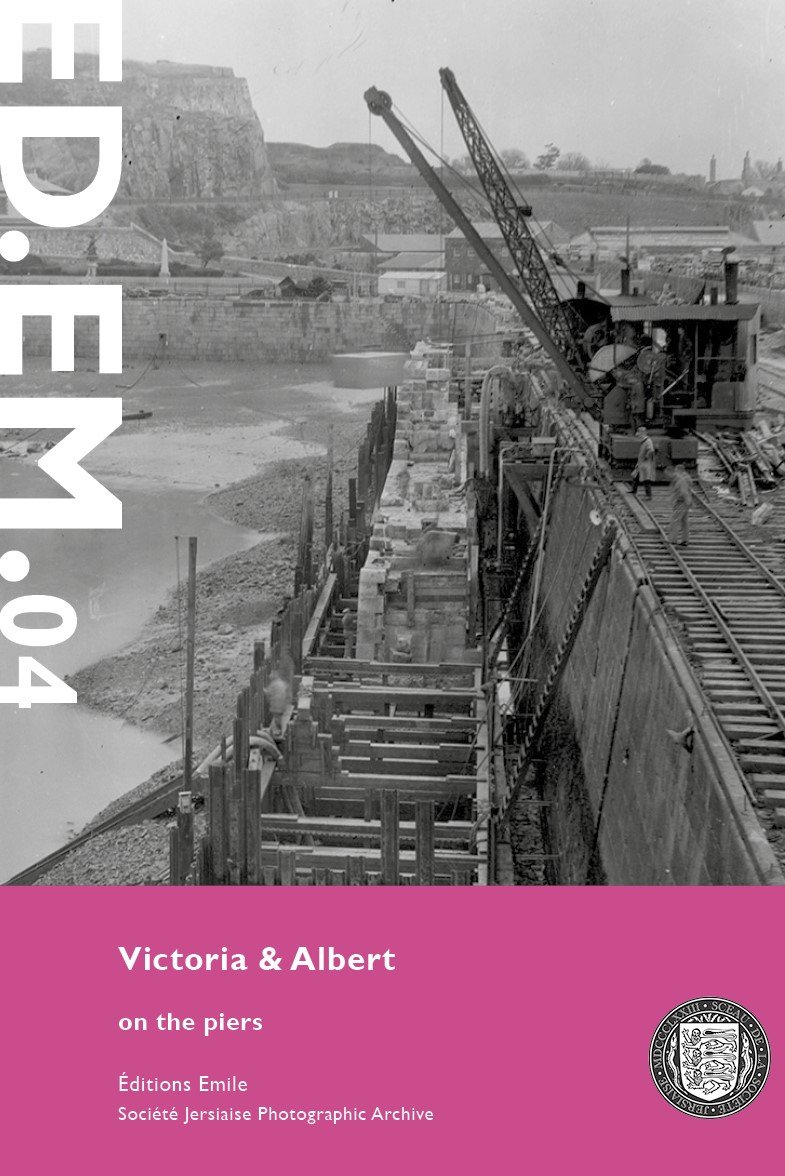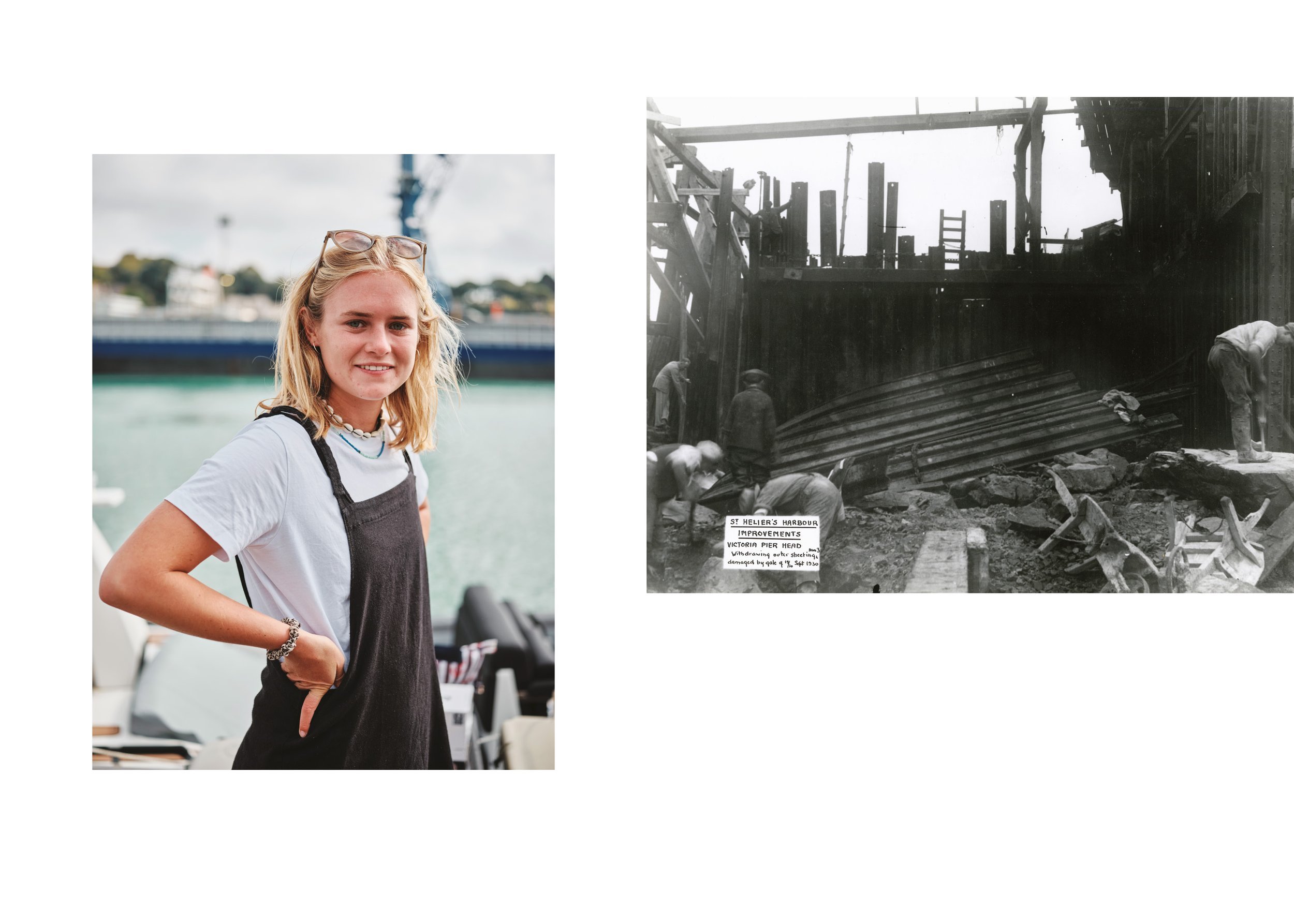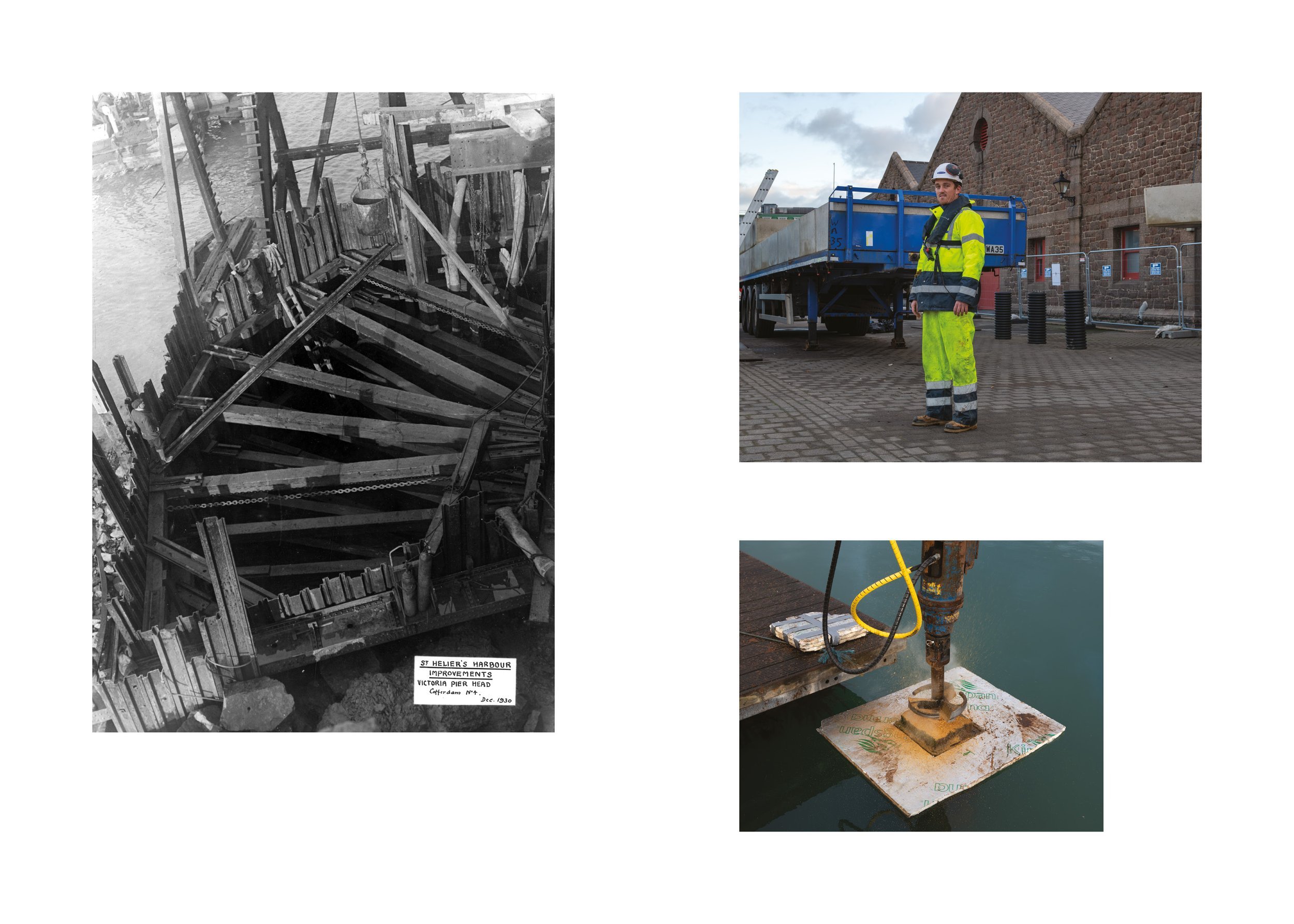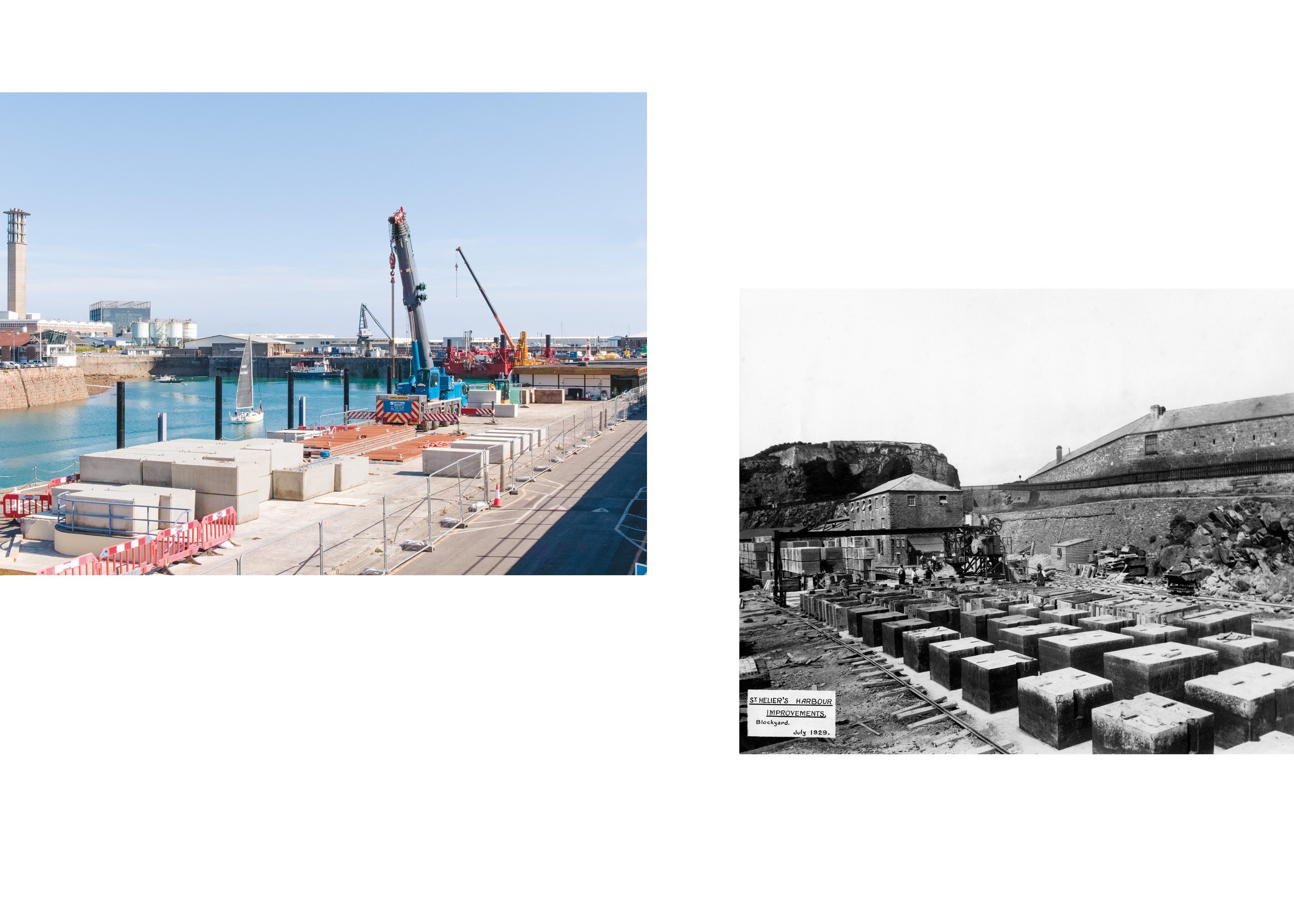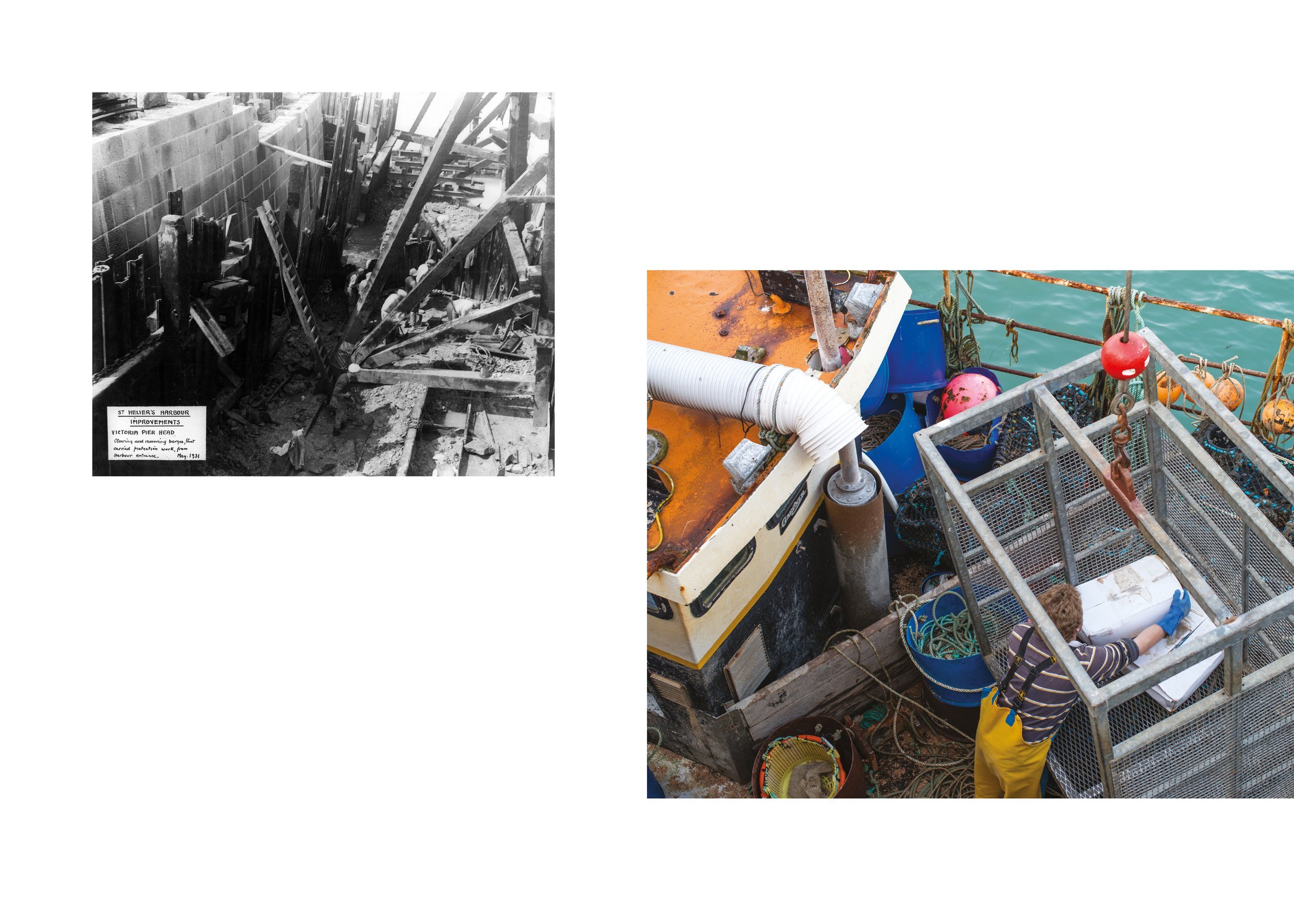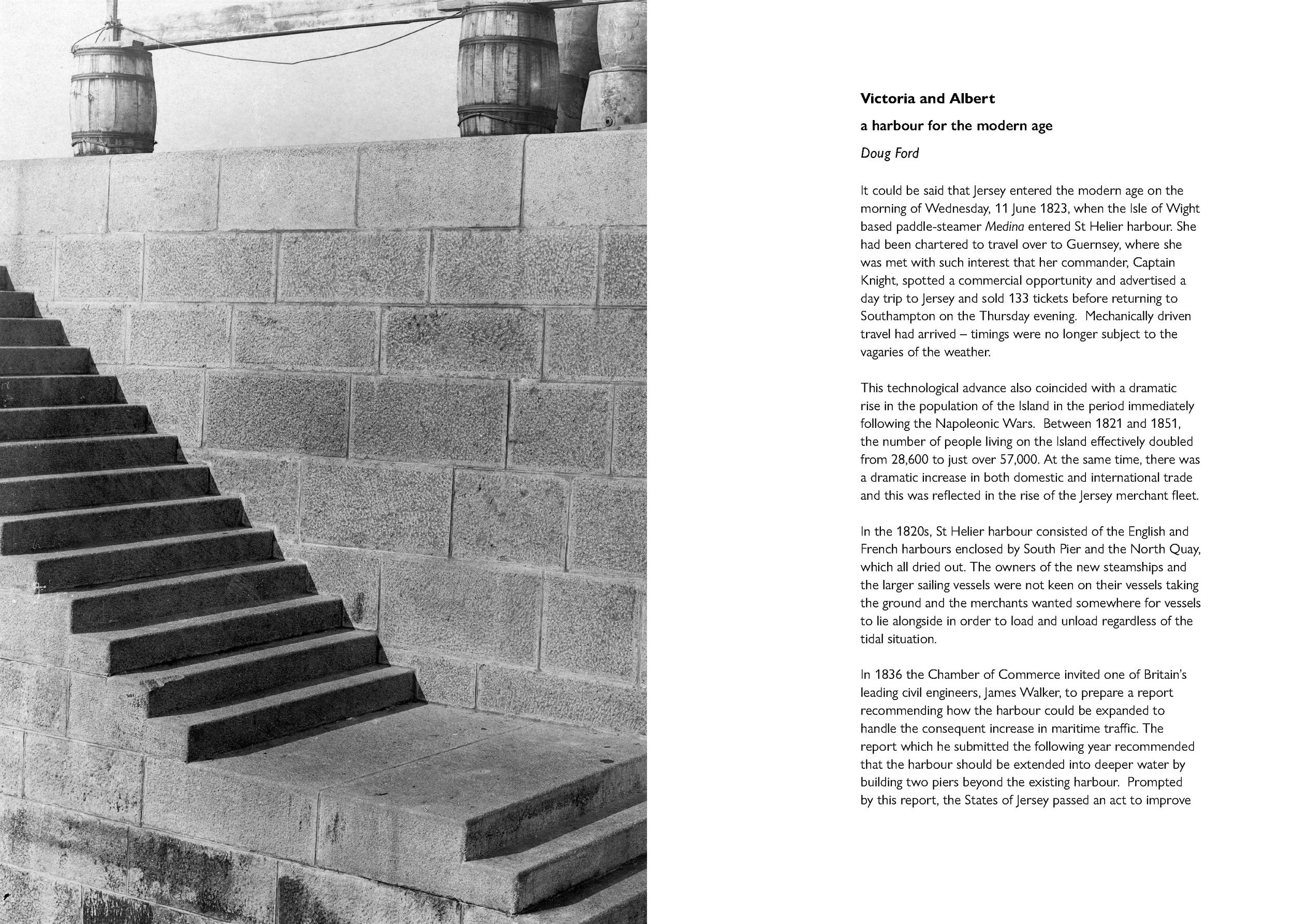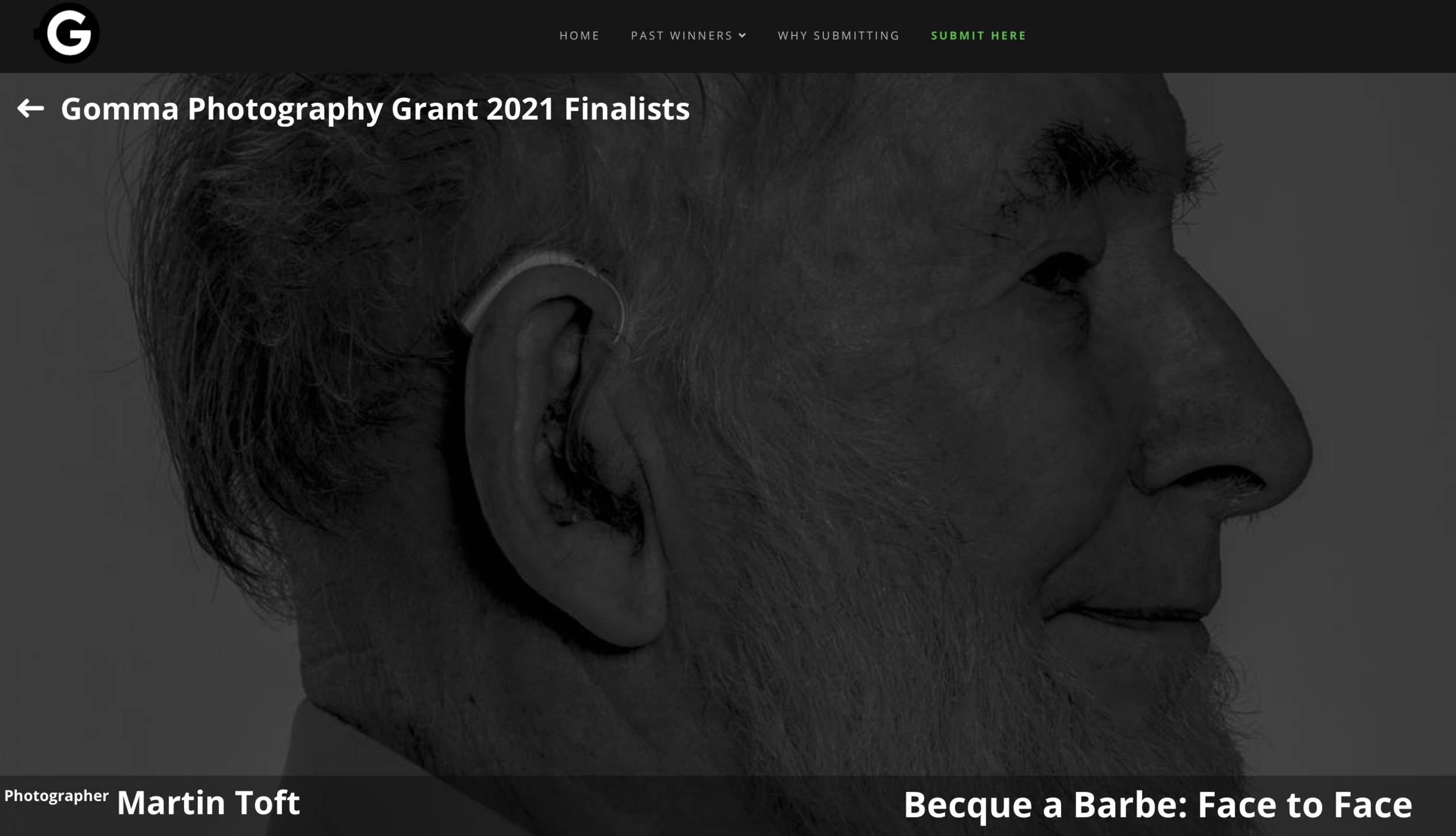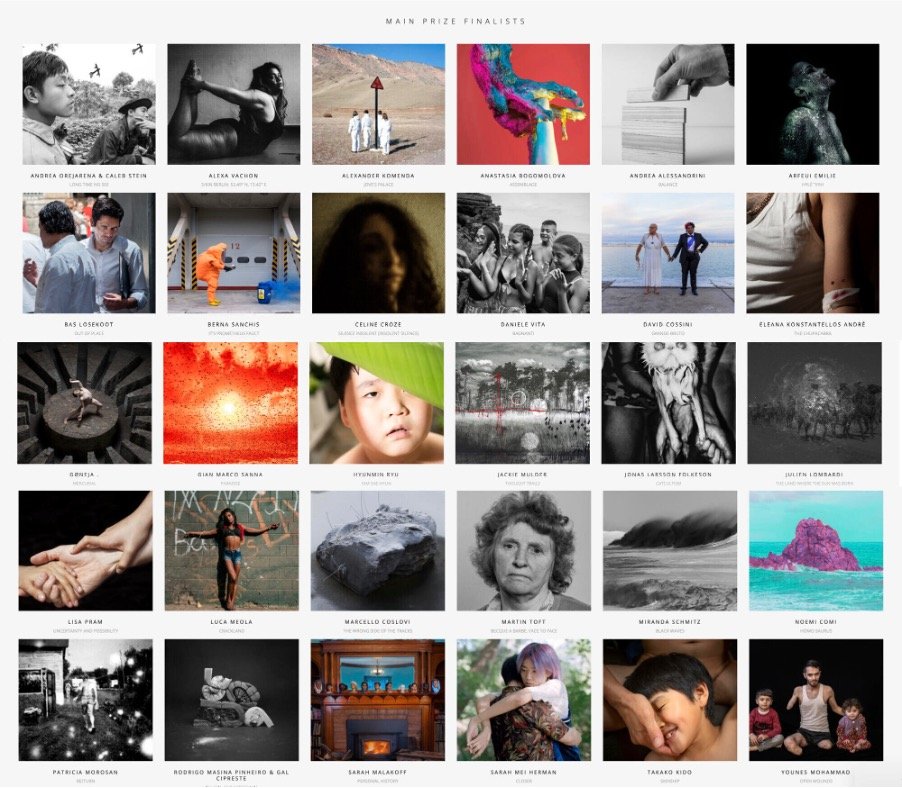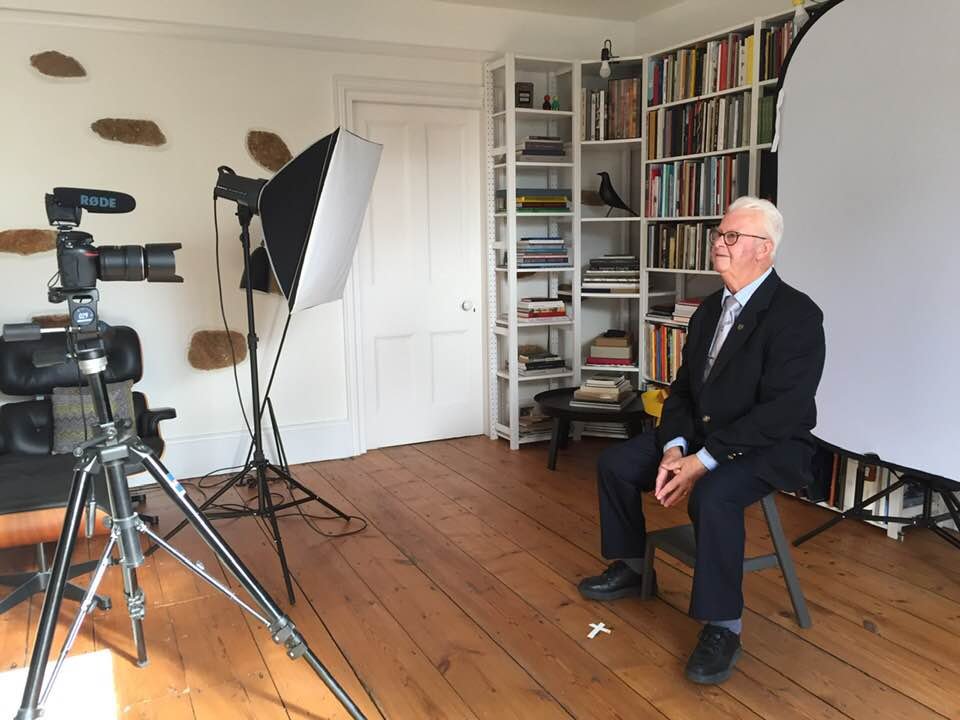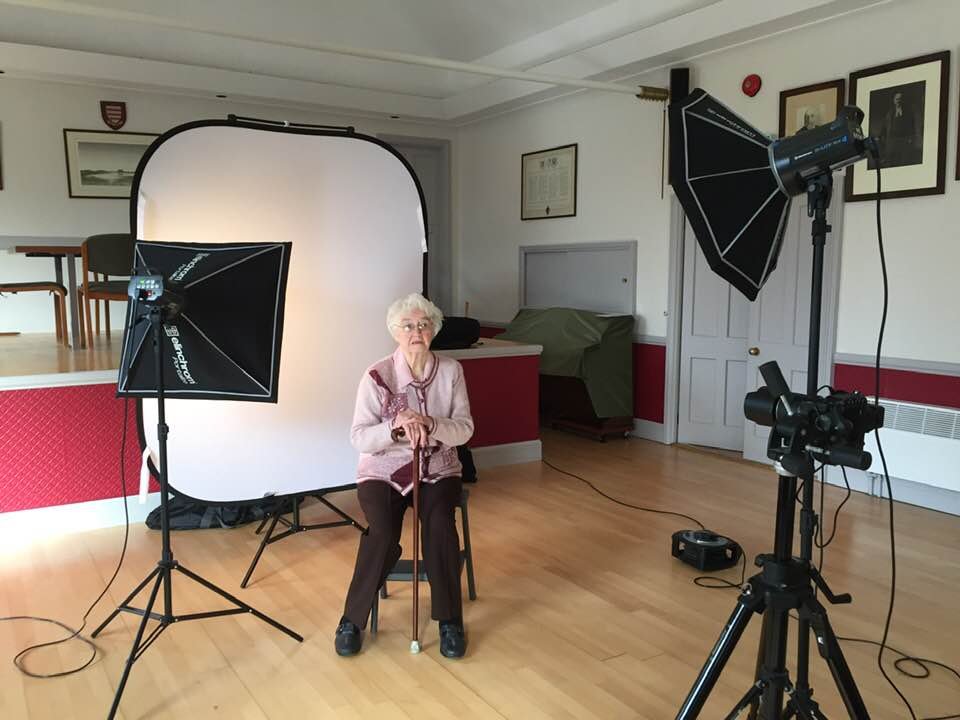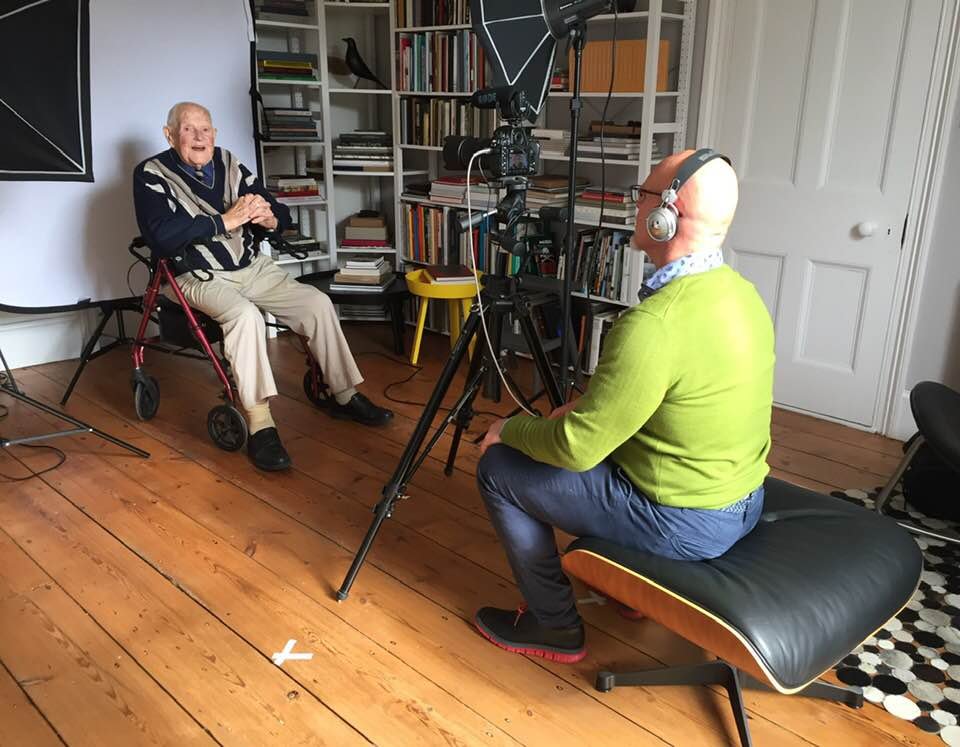My six my week sojourn around northwest Europe is coming to an end. It seems poetic to stay the last night at Baltic Hotel in Lübeck which was the centre of the Hanseatic League – a sophisticated trade empire flourishing in the 13-15 centuries. The trading network of the Hanse merchants was based on a system of stable markets and foreign offices (kontoren), eg. in London, Bruges, Bergen, Novgorod, Danzig (Gdańsk), Riga, Reval (Tallinn) and many more. The successful linkage of sea, river and land routes was one of the reasons for the success and longevity of the Hanseatic trading system. The vestiges of this well organised maritime super league are evident throughout the Baltic and North region, and no doubt they established a maritime entrepôt that Jersey merchants later benefitted from as various nations, including Denmark, Sweden, the Netherlands, Prussia and not least Russia vyed for power to control its riches. Tomorrow I’ll begin my journey back to Jersey and once again the adventure of Entrepôt has been fascinating as it touches on topics of trade, shipping, merchants, commodities, diplomacy, finances and migration.
In the excellent maritime museum of Denmark (M/S Museet for Søfart) in Elsinore (Helsingør) an inscription on a gold coin from the Danish West India Company, 1778 (a chartered company that operated out of the Danish colonies in Caribbean islands of St Croix, St John and St Thomas and flourished in the North Atlantic triangular trade routes bringing slaves from the Gold Coast of Africa in exchange for molasses and rum in the West Indies), reads ‘In travelling the seas we enrich ourselves’. Perhaps Charles Robin, Jersey’s most successful merchant had traded with one of these coins as he embarked on establishing his dried cod empire in the Gaspé peninsula in Canada whose maritime connections reached many markets around the world, including the Baltic. It was Robin’s story fictionalised in The Seaflower Venture, an unpublished biography based on his journals written by Phylis Ross - aka Lady McKie (of which a copy is held in the Library archive at the SJ), that initially ignited my interest in 2017 with a visit to Robin’s headquarter in Paspébiac in the Bay of Chaleur in the province of Quebec. At M/S in Elsinore another quote was imprinted on the wall: ‘There are three types of people, the living, the dead and mariners’ (Anacharsis, Greek philosopher, ca 600 BC)
Image; Kronborg Slot immortalised in Shakespeare's Hamlet and where toll from every ships entering and leaving Øresund was collected for the Danish kingdom.
